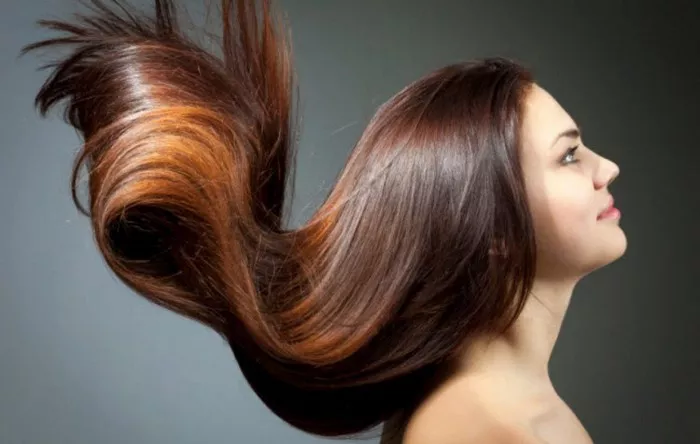Facial hair is a symbol of maturity and style for many. While some men effortlessly grow thick beards, others struggle with patchy or thin hair. This article explores how facial hair thickens, debunks myths, and offers practical tips to enhance growth. Let’s dive into the science and strategies behind achieving a fuller beard.
The Biology of Facial Hair
Simple Structure, Complex Process
Facial hair grows from follicles—small organs in the skin. Each follicle cycles through growth phases, influenced by hormones and genetics. Hair itself is made of keratin, a protein also found in nails.
The Growth Cycle
- Anagen (Growth Phase): Lasts 2–6 years. Longer phases mean thicker hair.
- Catagen (Transition Phase): 2–3 weeks. Hair stops growing; the follicle shrinks.
- Telogen (Resting Phase): 3–4 months. Old hair falls out, making room for new growth.
Thickness depends on the number of follicles in the anagen phase. More active follicles = denser hair.
Hormones: The Key Players
- Testosterone: During puberty, this hormone triggers facial hair growth.
- DHT (Dihydrotestosterone): A derivative of testosterone. It binds to follicles, stimulating growth. However, high DHT levels can cause scalp hair loss while boosting facial hair.
Genetics determine follicle sensitivity to DHT. Higher sensitivity = thicker beard potential.
Factors Influencing Facial Hair Thickness
Genetics: The Blueprint
Your genes decide follicle density, distribution, and hormone response. If your family has thick beards, you likely will too.
Age: Patience Pays Off
Facial hair often thickens in your 20s–30s as hormone levels stabilize. Teens may see patchy growth due to fluctuating testosterone.
Hormonal Health
Conditions like hypothyroidism or low testosterone can slow growth. Conversely, hormonal imbalances (e.g., PCOS in women) may cause excessive facial hair.
Nutrition: Fuel for Follicles
- Proteins: Keratin is protein-based. Eat eggs, fish, and lean meats.
- Vitamins: Biotin (B7), Vitamins A, C, D, and E support follicle health.
- Minerals: Zinc and iron aid keratin production. Deficiencies lead to brittle hair.
Lifestyle Habits
- Stress: High cortisol disrupts hormone balance, stunting growth.
- Sleep: Poor sleep reduces testosterone. Aim for 7–9 hours nightly.
- Exercise: Strength training boosts testosterone.
- Smoking/Alcohol: Restrict blood flow, depriving follicles of nutrients.
Grooming Practices
- Shaving: Myths claim it thickens hair, but it only creates blunt tips that feel coarser.
- Trimming: Regular cuts prevent split ends, making hair appear fuller.
- Skincare: Clean, exfoliated skin prevents clogged follicles.
Enhancing Facial Hair Thickness Diet and Supplements
- Biotin-Rich Foods: Nuts, sweet potatoes, and spinach.
- Zinc Sources: Oysters, lentils, and pumpkin seeds.
- Consider Supplements: Consult a doctor before using biotin or multivitamins.
Grooming Tips
- Wash and Exfoliate: Use mild cleansers to unclog pores.
- Moisturize: Apply beard oil or balm to soften hair.
- Brush Daily: Stimulates blood flow and trains hair to grow evenly.
Medical Treatments
- Minoxidil: A topical solution promoting blood flow to follicles. FDA-approved for scalp hair, but used off-label for beards.
- Hormone Therapy: For men with clinically low testosterone. Requires medical supervision.
Lifestyle Adjustments
- Reduce Stress: Practice yoga or meditation.
- Quit Smoking: Improves circulation.
- Stay Hydrated: Water flushes toxins and nourishes skin.
When to Seek Help Consult a dermatologist if:
- Hair loss accompanies facial thinning (possible hormonal issue).
- You notice sudden changes in growth patterns.
- Over-the-counter products fail after 6 months.
Conclusion
Facial hair thickness hinges on genetics, hormones, and lifestyle. While you can’t change your DNA, optimizing health, grooming habits, and patience can enhance your beard’s potential. Remember, growth takes time—consistency is key. Embrace your unique pattern, and care for it well.
Related topics:
Why Does Hair Get Thinner as It Gets Longer?
How to Style Natural Hair at Home Without Gel
How to Use Prose Leave-In Conditioner Effectively


